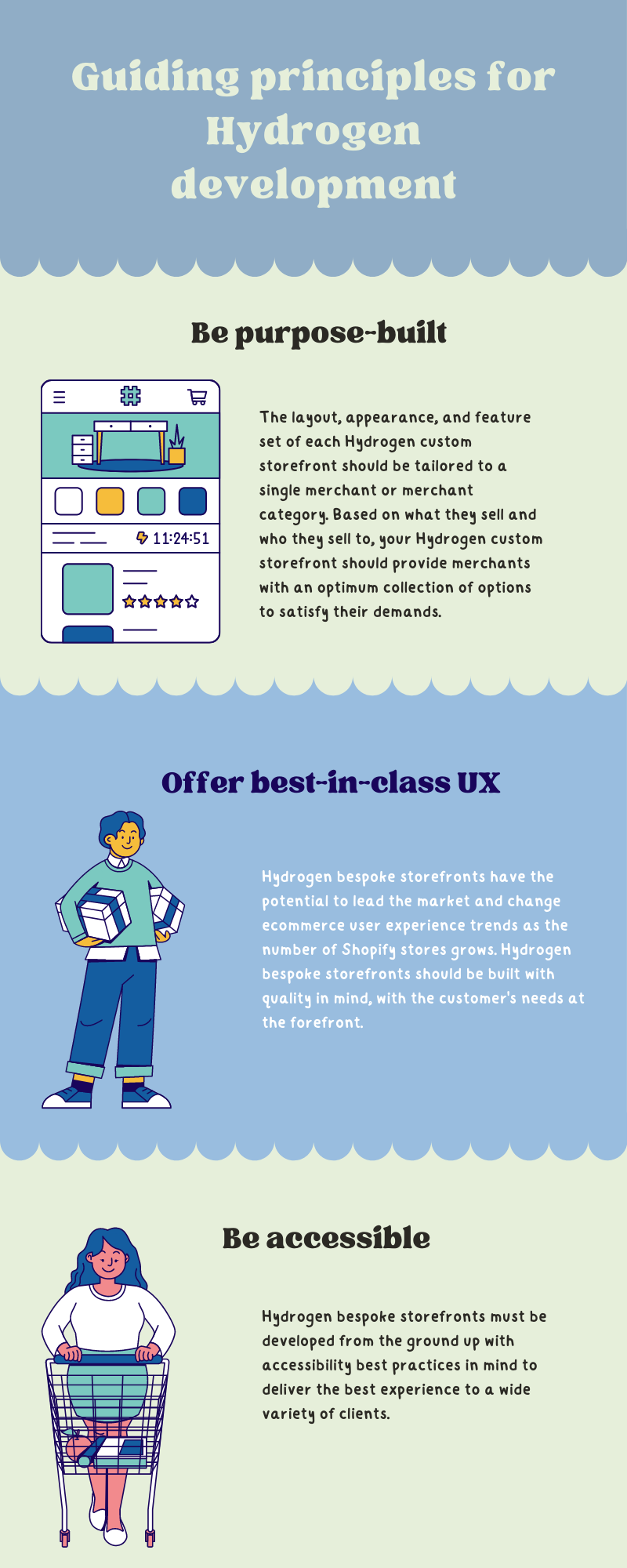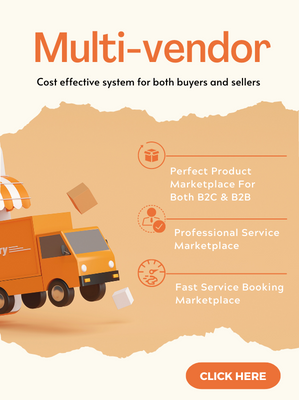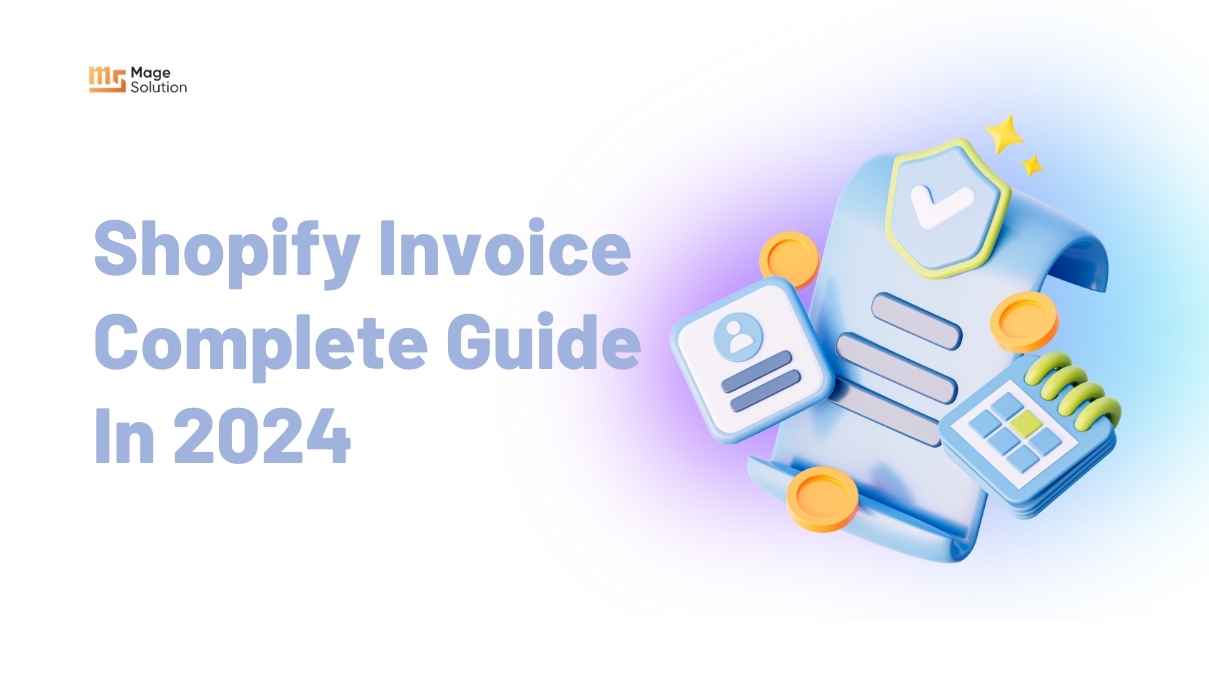Shopify has gained more and more popularity in business. Because it is quite easy to customize and has lots of benefits, companies want to jump into this market to extend their opportunity and customer experiences. Therefore, the online market becomes quite competitive. Then, businesses have to think about ways to make their store on Shopify more attractive and convenient to win over competitors. Luckily, Shopify has launched Shopify Hydrogen and Shopify Oxygen to make the process become more simple. Therefore, in this article, we will give you a detailed introduction to Shopify Hydrogen and Shopify Oxygen for you.
Some highlight features you should know about Shopify Hydrogen and Shopify Oxygen

An overview of Shopify Hydrogen
Shopify Hydrogen, which was announced at Unite 2021 is a new React framework that lets developers create really one-of-a-kind Shopify shops. Hydrogen is a React and JavaScript-based platform that provides merchants with powerful tools and components. This extra capacity allows you to start from the ground up and create a personalized and unique store.
How Shopify Hydrogen works
You will use hydrogen to create a bespoke storefront. It includes a framework as well as user interface components.
Framework for hydrogen: Shopify Hydrogen offers a Vite plugin that includes server-side rendering (SSR), hydration middleware, and code transformations for client components.
Components of the Hydrogen User Interface: Hydrogen is a set of components, hooks, and utilities that support Shopify’s features and concepts.
Sources of information: Hydrogen is designed to work with data from Shopify’s Storefront API. The data given to components, hooks, and utilities have a shape that matches and adheres to the Storefront API’s GraphQL types.
Shopify Hydrogen can be assistant with data for third-party sources. If you want to utilize Hydrogen components with a third-party data source, you must first change the data from the third-party source into the types expected by the Hydrogen components, hooks, and utilities, and then pass it on to the components, hooks, and utilities.
Some best practices you should follow to set up Hydrogen
To keep your merchants’ stores fast, accessible, and discoverable, you need to consider the following factors:
- Performance
- Accessibility
- Testing
There are guiding principles for Shopify Hydrogen development

Then, What is Shopify Oxygen?
Simply, Oxygen is the hosting service that Shopify offers to enable you to host the stores you create with Hydrogen.
Oxygen is assistance to help your store handle massive amounts of traffic to run effective flash sales or social promotions. Even big firms’ websites can crash when they get a lot of traffic. Thus Oxygen strives to assist you to keep your site running smoothly.
The benefits you will definitely receive when using Shopify Hydrogen
Shopify Hydrogen offers the following advantages if you’re thinking about establishing a custom storefront.
Demo Store template
Hydrogen provides a Demo Store template that makes it simple to create Shopify custom storefronts. It comes with boilerplate code, and integrates with Shopify sites seamlessly. Besides, it offers a complete buying experience right out of the box.
You can style the Demo Store template thanks to the Tailwind CSS utility package and the Shopify Hydrogen framework. You can either use Tailwind’s library or create your own style.
Performance optimizations
For optimal speed, Shopify Hydrogen’s architecture allows for a mix of static and dynamic data fetching on both the client and server sides. Because of cutting-edge web technology and approach to web development, it provides the following features:
- For speed and performance, there are built-in caching controls to handle dynamic information and minimize API calls.
- The Server-side has responsibility for reducing the initial burden.
- React Server Components is a data-fetching and rendering flow for React projects that is opinionated. The development experience using React Server Components is much better. Components render quickly, allowing you to see your work as you construct it.
Fast development
Hydrogen uses Shopify’s basic tech stack and commerce skills to speed up the development process. It works hand-in-hand with the Storefront API to provide fast data retrieval.
Hydrogen contains Shopify-specific components, hooks, and commerce tools. They’re easily accessible, fast, and ready to use. They also assist in reducing the initial complexity and boilerplate required to create a custom storefront.
React.js
Shopify has endorsed React.js as the future of dynamic, quick, and personalized commerce. And you can bet that Shopify’s decision to invest in React is a significant statement for the industry. It gives React.js even more credence as the future of commerce or where things are headed.
You’ll receive a beginning kit, which includes the following items
Early adopters of Hydrogen will receive a basic template to get their site up and running. Here’s a list of what’s included in the beginning package (think: buttons, toggles, navigation). You’ll almost certainly need to construct pieces yourself as an early adopter, but there are pre-built components you may use to get started.
Your team can help build Hydrogen
Shopify is searching for help from the eCommerce development community. With Shopify’s help, you might design the product vision from the beginning if you have a strong internal development team.
The components you create can be reused
Once you get started with a starter kit, you’ll be able to design early parts that you can reuse as needed throughout your eventual site.
However, you have to face some potential drawbacks of Shopify Hydrogen

A developer-heavy workflow that you created from the ground up
While the Shopify framework does provide you with the benefits of becoming headless, everything must be created in Hydrogen by developers. Unfortunately, this means that non-technical team members will be unable to make changes to the site’s frontend layer. There is no short- or long-term drag-and-drop tooling on the 2022 plan as of the Shopify town hall event in December. In the end, this strategy may be appropriate for eCommerce teams who already have a large number of development resources on staff.
There is currently no store preview available
Unless you wish to create your own preview environment, you won’t be able to see a real-time preview of the Hydrogen-powered store you’re creating right now. This can make implementation difficult for non-technical members of your eCommerce team.
Uses React server components
Hydrogen’s output will not be a static progressive web app because it uses React server components (PWA). Your programmers will have to write code for the Shopify server. React Server components, as a side note, are quite hot and new. You may call it a “beta” version. It’s a great idea, but the bulk of developers haven’t really embraced it yet.
You’ll need to link your own content management system (CMS)
Today, Shopify and Sanity are collaborating to deliver Content Management System (CMS) capability to Hydrogen shops. Sanity is a developer-oriented third-party CMS, allowing teams to construct content data schemas (pictures, text, videos) for low-code content management.
Today’s app support is minimal
Although Shopify has defined an ideal scenario for potential app support, its third-party app ecosystem is currently in its early stages. For the time being, APIs aren’t available for everything. And what you create will not be immediately compatible with the Shopify app store. For each Shopify app that you use, you’ll need to design your own middleware.
Hydrogen is a long way from being a liquid replacement
A large number of merchants have recently invested in Shopify themes. Then Shopify changes its focus away from Shopify Liquid themes and the non-technical audience that these themes currently serve. If you’re looking towards Hydrogen as a possible headless option, keep in mind that it may take some time for this framework to catch up to Liquid.
Conclusion
We walk you through this article with the hope that: you have some basic understanding of Shopify Hydrogen and Shopify Oxygen. With lots of stunning features, it is definitely worth jumping into to increase the effectiveness of your online store. Therefore, your business can meet the demand of customers and brings more opportunities to develop in the internet environment. However, if you are still confused about this technology, Magesolution is willing to be a partner to assist your business. With many experiences in this field, we are confident to provide the best service: Shopify Solutions. Therefore, if you have any questions, contact us to have more information.



